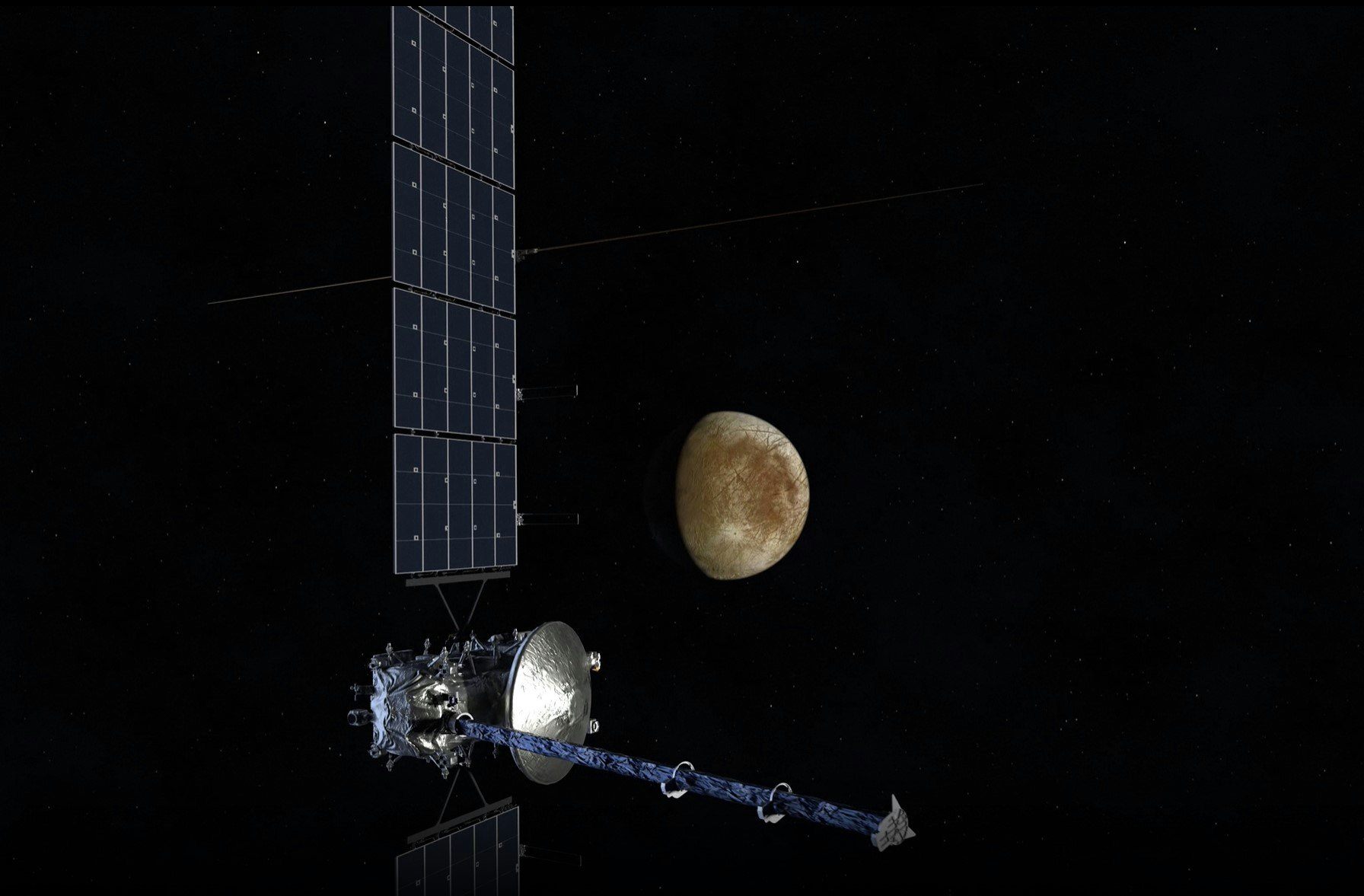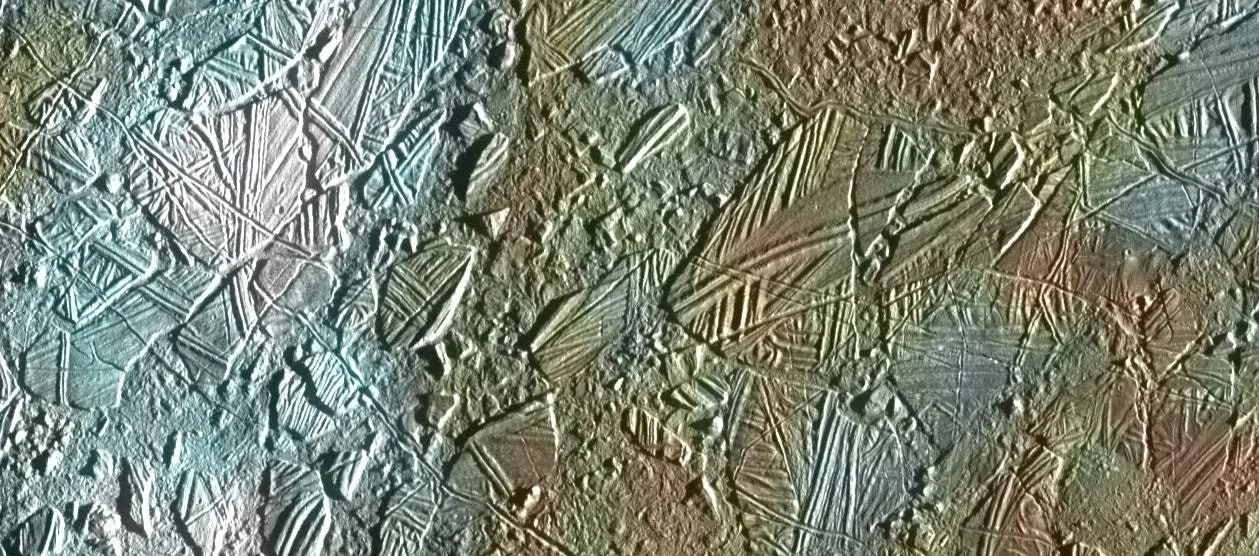
A trip of 1.8 billion miles. That’s the journey NASA’s newest astrobiology mission, the Europa Clipper, must undertake to reach Jupiter and its enchanting, ice-coated moon, Europa.
Scientists are anxious to get a closer look at Europa for a number of reasons, but the main one is that the giant moon has the right conditions for potentially harboring life. But the expedition won’t be a direct flight. The spacecraft will dance around the Solar System for seven years before it arrives at Europa. The winding road will include needing to ace several slingshot maneuvers as well as close approaches with Jupiter’s other Galilean moons. Here’s the long journey in closer detail.

Launch
The Europa Clipper was originally scheduled to launch on October 10, but Hurricane Milton prompted NASA to stand down and wait for the storm to pass. When it does launch, it will be onboard SpaceX’s Falcon Heavy rocket out of Kennedy Space Center in Florida.
The rocket will exert more than 5 million pounds of thrust to get Europa Clipper on its way towards the fourth planet from the Sun, for a special assist.
A Planetary Boost
Six months after the launch, around February 2025, the Europa Clipper is expected to reach Mars, and will get within 300 to 600 miles of the Martian surface. The spacecraft will use this close encounter to get a boost from the Red Planet’s gravity, which will help the Clipper to accelerate itself towards Jupiter.
The Mars flyby will be followed by another gravity assist in December 2026, this time from Earth. As it swings about 2,000 miles above our planet’s surface, the spacecraft will gain enough energy to get to Jupiter, though it will still take another three to four years.

Almost there
To reach Europa, the spacecraft must first enter the proverbial front door: Jupiter’s gravitational field and radiation area.
To survive Jupiter’s intense radiation, Clipper will repeatedly graze past Europa (hence the spacecraft’s name). It must enter a specific orbit around the moon to survive; Europa sits in the worst part of that radiation environment. Europa Clipper’s first point of entry into its survivable track will happen around April 2030, with a maneuver called the Jupiter Orbit Insertion.
“Europa Clipper will use its engines as brakes to slow the spacecraft down to match Jupiter's orbit. This process will take about six hours — unusually long for a space probe. However, Europa Clipper’s engines are designed and tested to ensure they are up to the task,” according to NASA.
After entering Jupiter’s orbit, Clipper will fly by the largest moon in our Solar System, Ganymede, as well as a few of Jupiter's other moons. Clipper will also attempt to get in alignment with Europa's orbit (though it will never actually orbit the moon) in order to make close-up flybys easier.
Hello Europa
Spring 2031 will be critical. During this time, the spacecraft will conduct its first flyby of Europa. The spacecraft could get as low as 16 miles above Europa’s surface. This rendezvous primarily serves to shape the spacecraft’s path in space even further. But, the first flyby will also deliver the mission’s first, and likely astounding, close-up images of the icy moon’s surface.
What’s next?
Around May 2031, Europa Clipper’s science homework officially begins. The Europa Clipper mission team will spend the next several years learning as much as it can about the moon. The spacecraft will perform nearly 50 of these close-to-the surface flybys next decade. For instance, it will fly by the side of Europa facing away from the gas giant, to gather data on Europa’s key features. These include its icy shell, it’s thin atmosphere and possible plumes.
These flybys will also help inform what researchers will do next once Clipper is over. If the spacecraft performs a “recon-able flyby,” as planetary scientist Ines Belgacem explained to an audience on Tuesday during the annual meeting of the American Astronomical Society’s Division for Planetary Sciences in Idaho, it could lay the scientific groundwork for a later mission that would land on Europa. While Europa’s icy surface is not likely to harbor life, its subsurface ocean could have the right mix of thermal conditions and chemical ingredients to have once sprouted extraterrestrial lifeforms.







